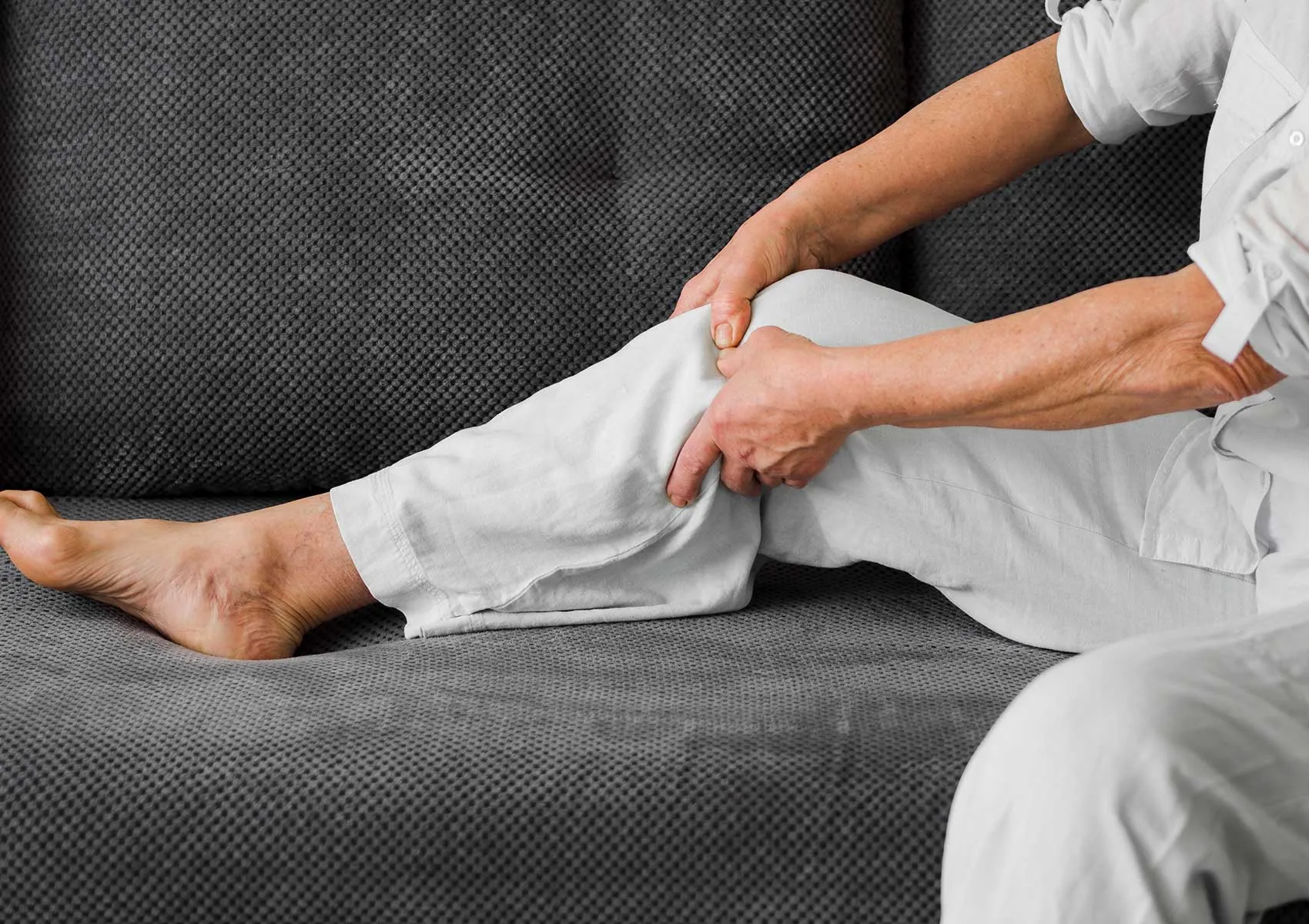Is Pillow Use Recommended for Hip and Knee Pain?
Proper pillow use in cases of hip and knee pain can be important for alleviating pain and improving sleep quality. This article covers details about pillow use for hip and knee pain, the correct pillow selection, and application methods.
Hip and knee pain are orthopedic problems that significantly affect the quality of daily life. These types of pain may arise due to various causes such as sports injuries, joint diseases, and cartilage damage. The use of proper sleeping positions and supportive materials plays an important role in pain relief and healing. Especially, the correct use of pillows can help reduce pain in both hip and knee areas.
The Importance of Using Pillows for Hip and Knee Pain
Using pillows supports the natural positioning of joints and surrounding structures, reduces pressure, and alleviates pain. In cases involving hip and knee joint issues, sleeping in the correct position at night positively influences the treatment process. Placing a pillow between the hips and knees while lying on your side prevents excessive strain on the joint and balances the load on bones and soft tissues.
Types of Pillows and How to Use Them
Orthopedic pillows are the primary choice for use in hip and knee pain. These pillows are designed to fit the body’s anatomy and are usually made from memory foam. Pillows placed between the knees and hips allow reduction of contact and friction between the joints. Additionally, using a thin pillow under the knees provides support to relax muscles and ligaments.
Pillow Use for Hip Pain
Hip pain typically occurs due to conditions such as femoroacetabular impingement, labral tears, or gluteus medius tears. Using a soft and supportive pillow between the hips and knees while lying on your side decreases the load on the hip joint, reducing pain severity. Moreover, placing low-profile pillows under or beside the hips while lying on your back can increase pelvic stabilization and help alleviate pain. However, lying on your stomach is generally not recommended, as it increases the load on the hip joint.
Pillow Use for Knee Pain
Knee pain can stem from injuries such as anterior cruciate ligament tears, meniscal tears, or cartilage damage. For pain around the kneecap and surrounding areas, placing a pillow between the knees while lying on your side reduces the lateral load on the knee joint, alleviating pain and supporting the musculoskeletal system. In addition, placing a thin pillow under the knees while lying on your back helps maintain a slightly bent knee position, reducing tension. Keeping the joints supported and stable throughout long periods of sleep accelerates healing and facilitates pain reduction.
Limitations and Precautions When Using Pillows
Although pillow use is beneficial, correct pillow choice and proper positioning are crucial for health. Incorrect or overly thick pillows may cause joint deformities and muscle tension. Hygiene of pillows should also be maintained with regular cleaning. If pain is severe or does not decrease despite using pillows, consulting an orthopedic specialist is necessary. Pillows alone are not a treatment; physical therapy and appropriate surgical interventions may be required.
Using pillows supportively for hip and knee pain, when chosen correctly, enhances patient comfort and positively contributes to the healing process. Limiting joint movement and distributing pressure correctly during sleep is an effective method for pain control. However, pillow selection should be made based on expert recommendations and individual needs.
FAQ
-
What is the best type of pillow for hip pain?
For hip pain, orthopedic pillows made from memory foam that can be easily placed between the hips and knees should be preferred. The pillow should relieve the joint and reduce pressure.
-
How should people with knee pain use pillows?
When sleeping on the side, placing a pillow between the knees and when lying on the back, placing a thin support under the knees helps relieve knee pain and supports recovery.
-
Does pillow use completely heal the pain?
Pillow use can help alleviate pain but complete treatment requires consultation with an orthopedic specialist and may involve physical therapy or surgical methods if necessary.
-
In what position should pillows be used?
The most recommended position is lying on the side. Placing a pillow between the hips and knees balances the load on the joints. Proper support should also be provided while lying on the back.
-
What should be considered when buying a pillow?
Soft pillows that provide orthopedic support, conform to body contours, are easy to clean, and chosen according to personal comfort and pain severity should be preferred.

